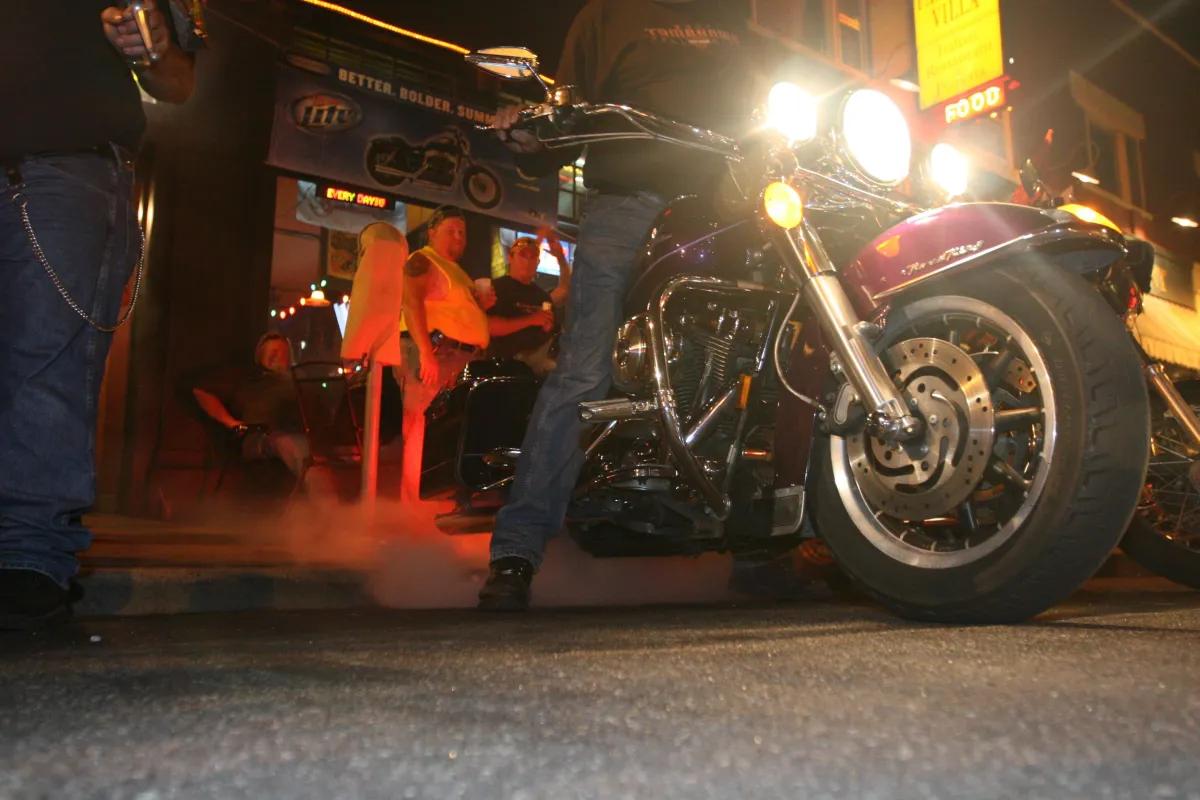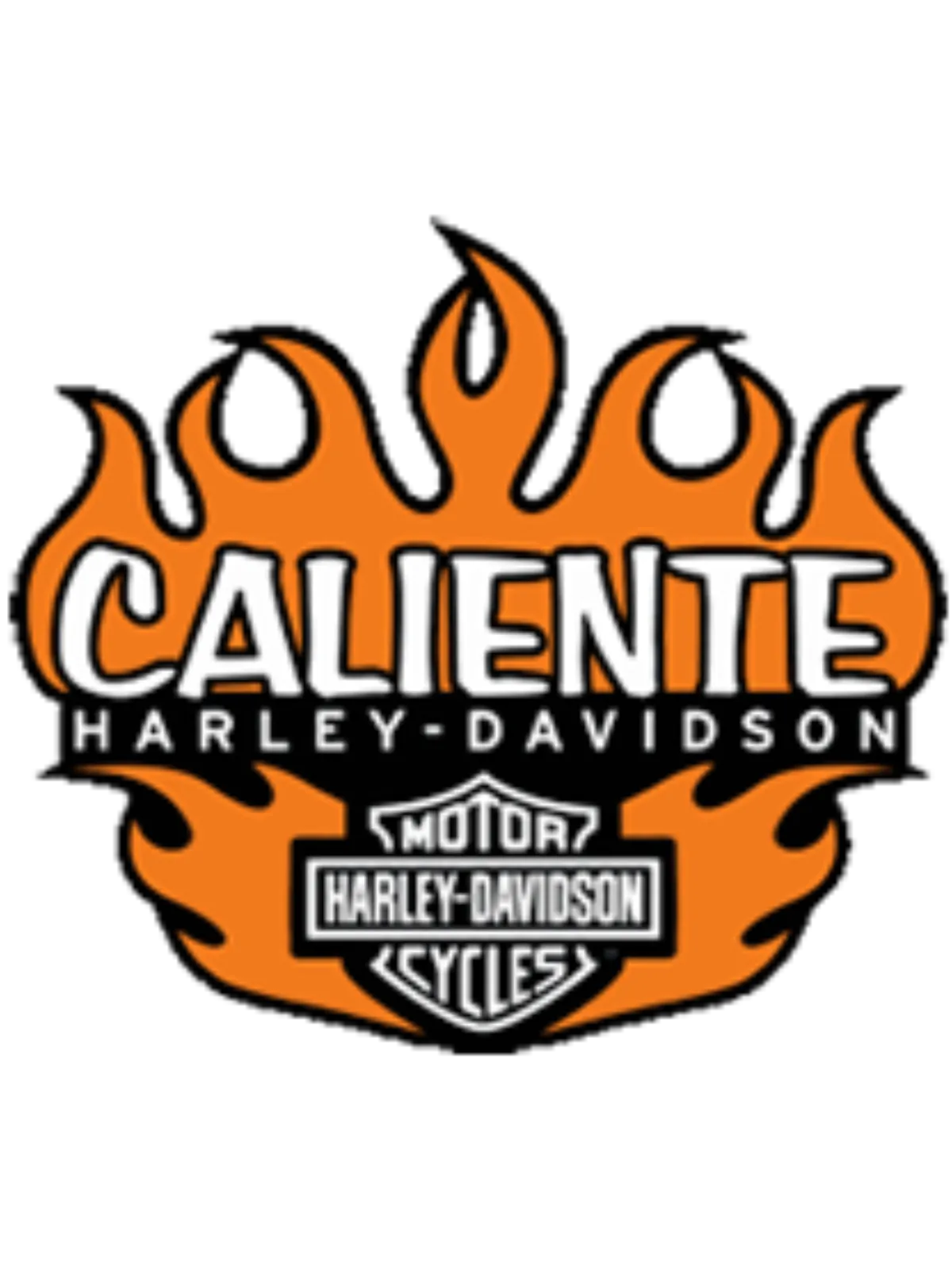Caliente Harley-Davidson Blog

The Past: The Origins of a Racing Legacy
The Past: The Origins of a Racing Legacy
Harley-Davidson’s involvement in racing dates back to the early 20th century. The company was founded in 1903, and it didn’t take long before their motorcycles started making an impact in the racing world. In 1914, Harley-Davidson formed its first official factory racing team, known as the "Wrecking Crew." This team quickly became a dominant force in the racing scene, especially in board track racing, a popular form of motorcycle racing at the time.
Board track racing involved wooden tracks that were banked at steep angles, where motorcycles reached high speeds in close proximity to each other. The Wrecking Crew's success in these dangerous and thrilling races helped solidify Harley-Davidson’s reputation for durability, speed, and innovation.
Throughout the 1930s and 40s, Harley-Davidson continued to dominate various racing events. The WR model, introduced in the late 1930s, became one of the most successful racing motorcycles of its time. Harley also excelled in hill climbs and dirt track racing, where their powerful V-twin engines gave them a competitive edge.
The Present: Modern Racing and New Challenges
In the modern era, Harley-Davidson has continued to be a significant player in the racing world, although the landscape has evolved. One of the most notable developments in recent years is Harley-Davidson’s involvement in flat track racing. The introduction of the Harley-Davidson XG750R, designed specifically for flat track competition, marked a new chapter in the brand’s racing history. This motorcycle has competed in the American Flat Track (AFT) series, showcasing Harley’s ongoing commitment to performance and competition.
Additionally, Harley-Davidson has made a bold move into the world of electric motorcycles with the LiveWire. While primarily known as a street bike, the LiveWire has also entered the racing scene, particularly in electric motorcycle competitions. This represents a significant shift for Harley-Davidson, as they explore the future of racing in a world increasingly focused on sustainability and new technologies.
The Future: What Lies Ahead for Harley-Davidson Racing?
Looking ahead, Harley-Davidson’s future in racing is likely to be shaped by both tradition and innovation. As the demand for electric vehicles continues to grow, we can expect Harley to further develop their electric motorcycle lineup, possibly expanding their presence in electric racing series like MotoE or even creating their own racing events tailored to electric bikes.
In addition to electric racing, Harley-Davidson might explore new forms of competition, such as virtual or augmented reality racing experiences, combining the brand’s rich history with cutting-edge technology. As motorcycle technology continues to advance, Harley’s racing bikes could become lighter, faster, and more efficient, allowing them to compete in new types of races and events.
Moreover, Harley-Davidson is likely to maintain its strong presence in traditional racing formats like flat track and drag racing, where the brand’s legacy is already well-established. The future could see the introduction of new models specifically designed for these competitions, blending Harley’s iconic design with modern engineering.
Conclusion
Harley-Davidson’s racing history is a story of innovation, passion, and a relentless drive to push the boundaries of what motorcycles can do. From the early days of board track racing to the modern era of electric motorcycles, Harley has consistently been at the forefront of motorcycle racing. As we look to the future, it’s clear that Harley-Davidson will continue to evolve, embracing new technologies and challenges while staying true to the spirit of competition that has defined the brand for over a century.
The journey of Harley-Davidson in racing is far from over, and fans of the brand can look forward to seeing how this iconic company continues to make its mark on the racing world in the years to come.

Facebook
Instagram
TikTok
Youtube